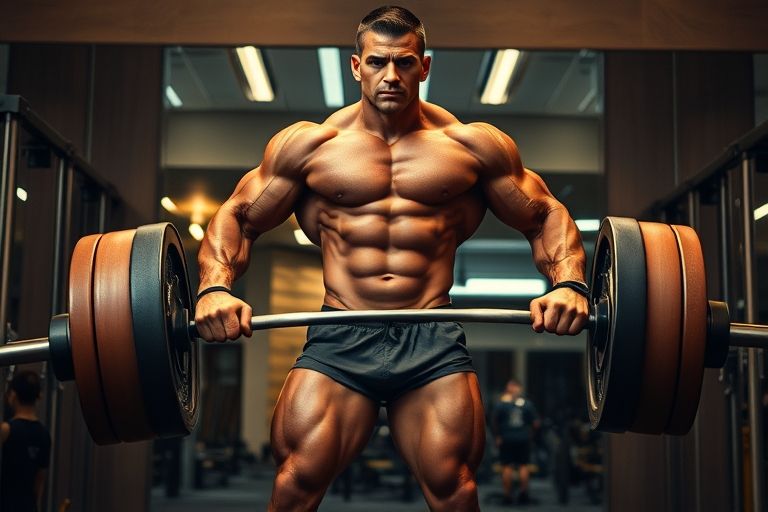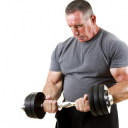

When we think of bodybuilders, we often envision individuals with bulging muscles and incredible strength. They seem like human marvels, capable of lifting heavy weights and dominating any physical challenge. But is this perception accurate? Are bodybuilders really as strong as they look, or is there an illusion at play? In this article, we will delve into the world of bodybuilding and examine the true extent of their strength.
It's important to understand that bodybuilding is a sport focused on aesthetics rather than raw strength. Bodybuilders train rigorously to sculpt their muscles and achieve a symmetrical, defined physique. Their goal is to maximize muscle size, which often involves high-volume training, strict diets, and supplementation. However, this pursuit of muscle hypertrophy doesn't necessarily translate to functional strength.
While bodybuilders possess impressive muscularity, their strength may not match their appearance. The massive muscles they display are primarily a result of hypertrophy, which is an increase in muscle size due to resistance training. This hypertrophy leads to a visually striking physique, but it doesn't automatically equate to exceptional strength.
Strength is a complex attribute that involves various factors, such as muscle size, muscle fiber composition, neuromuscular coordination, and joint stability. Bodybuilders may excel in certain exercises that target specific muscle groups, but they might struggle in other areas that require overall strength, balance, or agility.
It's worth noting that bodybuilders often prioritize isolation exercises, which target individual muscles or muscle groups. These exercises allow them to focus on specific areas for aesthetic purposes. However, they may neglect compound exercises that engage multiple muscle groups simultaneously, such as deadlifts or squats. As a result, their overall strength may not be as impressive as their muscle size suggests.

In the world of bodybuilding, some individuals resort to performance-enhancing substances, such as anabolic steroids, to accelerate muscle growth and improve strength. Steroids can significantly enhance muscle mass and strength by increasing protein synthesis and nitrogen retention in the muscles.
However, it's important to note that the use of steroids is illegal and poses serious health risks. Steroids can lead to numerous adverse effects, including liver damage, cardiovascular problems, hormonal imbalances, and psychological disturbances. Therefore, it would be inaccurate to attribute the strength of bodybuilders solely to their muscle-building efforts without considering the potential role of performance-enhancing substances.

Functional strength refers to the ability to perform everyday tasks or physical activities efficiently. It involves a combination of muscular strength, endurance, flexibility, and coordination. On the other hand, aesthetic strength is focused on the visual appearance of muscles.
While bodybuilders excel in the realm of aesthetic strength, their abilities in functional strength may vary. Their training focuses primarily on hypertrophy and aesthetics, which may not directly translate to everyday physical tasks. Functional strength requires a well-rounded approach that incorporates different types of training, including resistance training, cardiovascular exercise, and mobility work.
Comparing the strength of bodybuilders to athletes in other sports can provide further insights. For example, powerlifters and weightlifters prioritize strength and performance over aesthetics. These athletes undergo specific training programs that emphasize maximal strength development, which often results in impressive feats of power and athleticism.

Bodybuilders may appear incredibly strong due to their muscular physiques, but their true strength doesn't necessarily match their aesthetic appeal. While they possess significant muscle mass, their overall strength may be limited, particularly in areas that require functional strength, balance, or agility.
It's crucial to recognize that bodybuilding is a sport focused on aesthetics rather than functional performance. The pursuit of muscle hypertrophy and the use of performance-enhancing substances may contribute to the muscle illusion. However, when it comes to practical strength, athletes from other disciplines may outperform bodybuilders due to their specific training regimens and emphasis on functional abilities.
Ultimately, the strength of bodybuilders should not be underestimated, as they still possess impressive levels of muscularity and dedication to their craft. However, it's essential to distinguish between aesthetic strength and functional strength to gain a comprehensive understanding of their abilities.